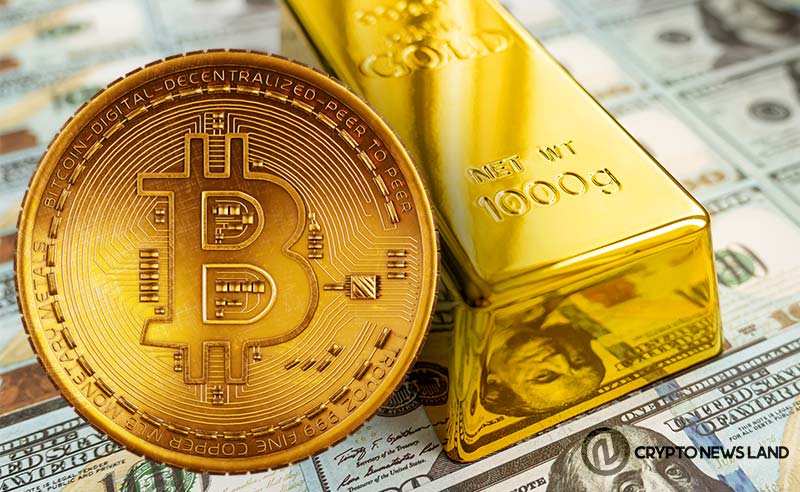- PAXG hits all-time high amidst Middle East tensions, raising Bitcoin comparisons.
- PAXG offers stablecoin tied to gold, easing access to gold investment.
- Despite correlation, PAXG struggles to maintain momentum amidst BTC fluctuations.
Over the weekend, the cryptocurrency market witnessed an unprecedented surge in the price of PAX Gold (PAXG), a digital asset backed by gold. This surge comes at a time of heightened tensions in the Middle East, prompting investors to reevaluate the role of cryptocurrencies as a hedge against geopolitical risks, particularly Bitcoin.
The concept behind PAXG is intriguing: it offers investors a stablecoin pegged to the value of gold, providing them with a secure avenue to invest in the precious metal. This innovative approach not only democratizes access to gold investment but also eliminates the hassles associated with physical storage and transportation.
On April 13, PAXG reached an all-time high of $2,855, while Bitcoin experienced a significant drop from over $67,500 to around $62,700 within hours, marking a 7.5% decrease. This divergence in price movements raises questions about Bitcoin’s reliability as a hedge against geopolitical turmoil.
Market analysts are quick to point out the intricate relationship between Bitcoin and PAXG during times of geopolitical uncertainty. Interestingly, when Bitcoin’s price surged, PAXG experienced a decline, and vice versa. However, despite this apparent correlation, PAXG struggled to sustain its momentum and reverted to its previous price level of approximately $2,376.
This dynamic is not unprecedented. Last year, following the Hamas attack on Israel on October 7, Bitcoin exhibited similar market behavior, while gold saw an uptrend. The recent escalation of tensions in the Middle East due to Iranian attacks on Israeli targets further underscores the importance of evaluating cryptocurrencies’ performance in times of geopolitical crises.
While PAXG has experienced a steady ascent since March, rising by 20% alongside the gold price, it’s essential to note its comparatively low trading volume of around $36 million daily. This indicates that despite its potential as a hedge asset, PAXG still lacks the widespread adoption enjoyed by other major cryptocurrencies.
Analysts caution against viewing Bitcoin solely as a geopolitical hedge, emphasizing its broader implications within the financial ecosystem. They argue that Bitcoin’s recovery after geopolitical events occurs swiftly, suggesting its integration into aggregate financial assets rather than being a standalone hedge.
In conclusion, the surge of PAXG amid Middle East tensions highlights the growing importance of cryptocurrencies in navigating geopolitical risks. While Bitcoin remains a prominent player in this landscape, the emergence of stablecoins like PAXG offers investors alternative avenues for hedging against uncertainty.

